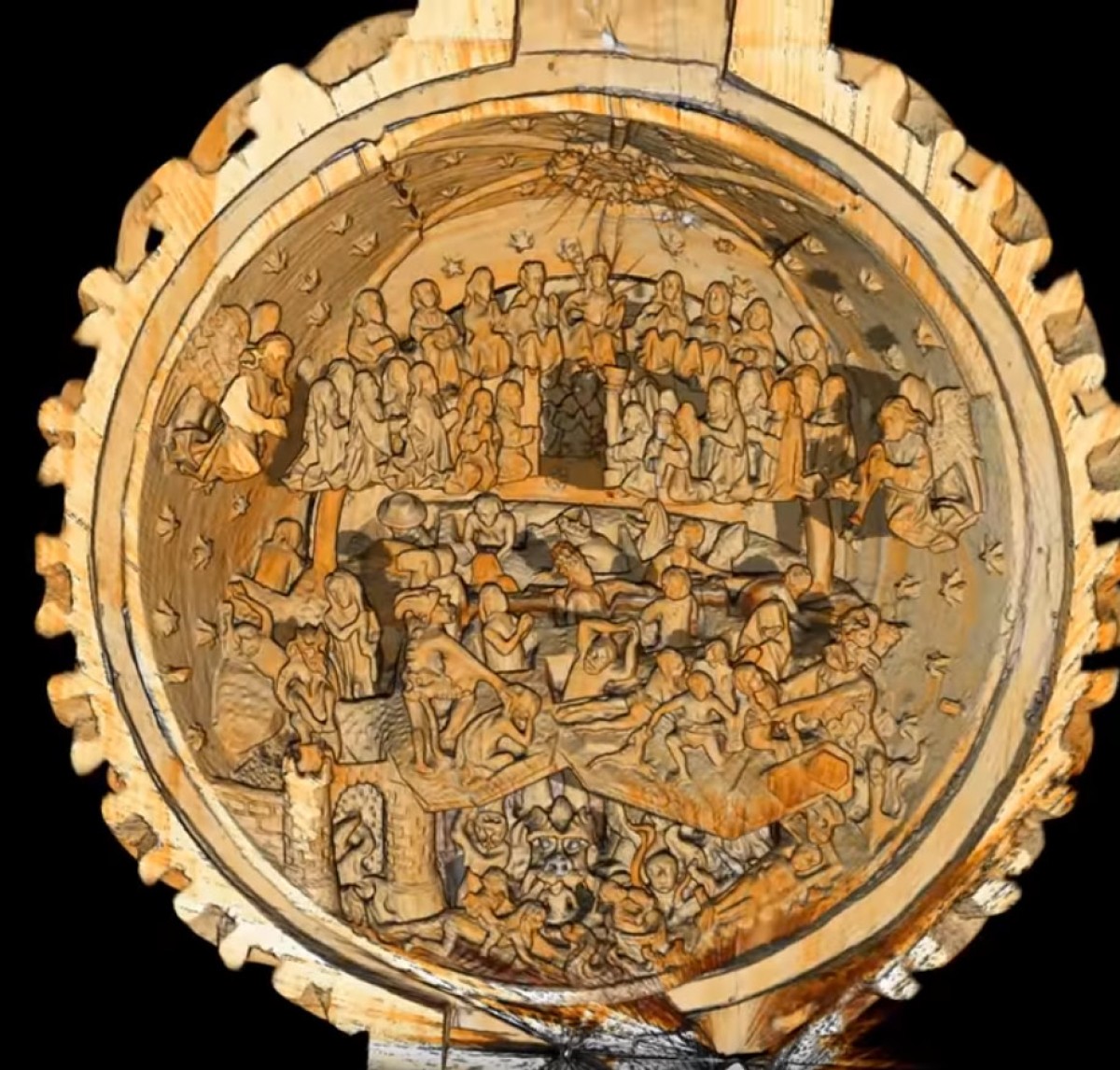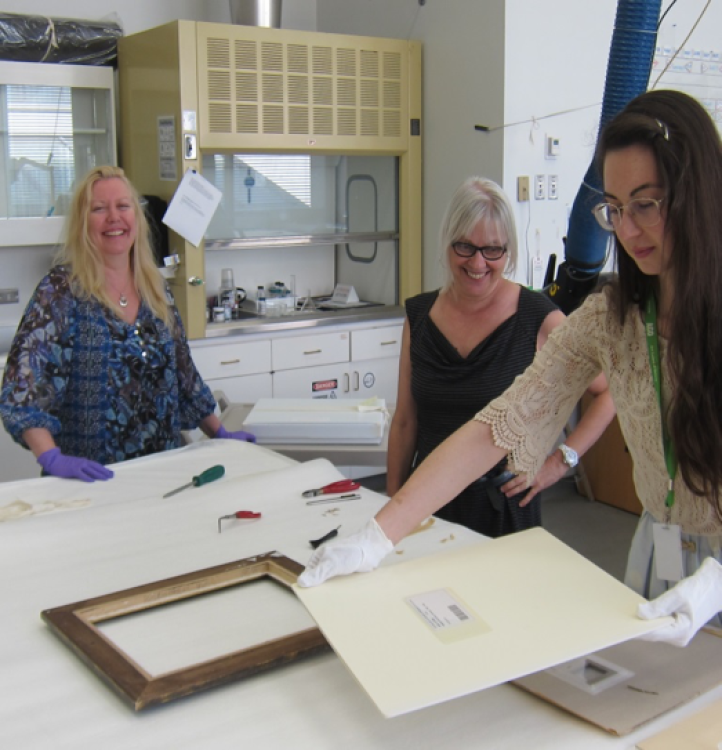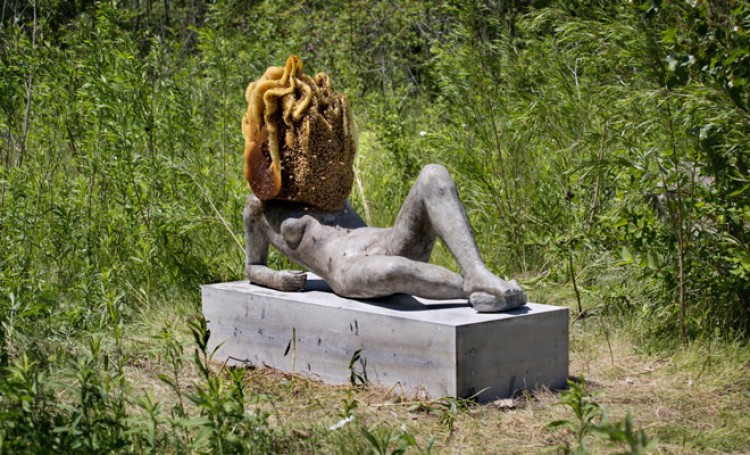Conservation Notes: Insider's look at a prayer bead
Credit: Prayer Bead, The Thomson Collection at the AGO, 29365. Courtesy of The Thomson Collection © Art Gallery of Ontario, Sustainable Archaeology at the University of Western Ontario, 2012, and Eric Fournier, Chief Technology Officer, ORS Visual.
In a previous Conservation Notes post we introduced you to work that Lisa Ellis, conservator of sculpture and decorative art, and Sasha Suda, associate curator of European Art, were doing to learn more about prayer beads from the Thomson Collection of European Art here at the AGO. Working with colleagues from the University of Western Ontario, Ellis and Suda used micro tomography (microCT) to better understand prayer beads and how they were constructed.
This time, to create the image above, the Sustainable Archaeology (SA) facility in the Department of Anthropology at Western University, in London, Ont., provided scans using a Nikon Metrology XT 225 microCT scanner.
The video slices through the exterior shell of a 16th-century Northern European wooden microcarving to reveal an intricate interior showing the Last Judgement. The microCT data set has been manipulated with ORS Visual, a program produced by a Montreal-based company. This software transforms the microCT data, which is based on X-ray images, into the comprehensible, animated scenes shown here.






